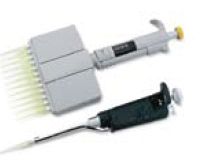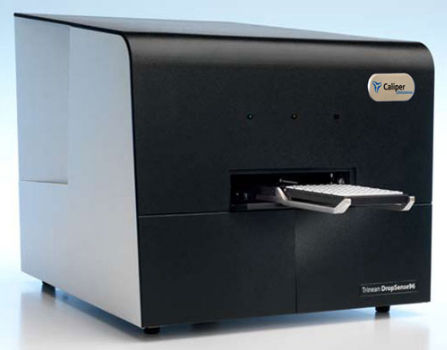ELISA Device
1. The Solid Phase-ELISA Plates
Types of ELISA Plates

Most plates used in ELISA are either polystyrene or derivatives of polystyrene obtained by chemical modification or irradiation of the surface. The most common configuration is 96 wells organized into 8 rows and 12 columns. Each well holds approximately 350 ul of volume with an internal area of approximately 2.5 cm2 . More recently, 384 well and 1536 well plates have been developed with the same overall dimensions as the traditional 96 well plates. They are used in high throughput screening.
In addition, 96 well plates with wells of one half the volume of the traditional wells are available. Assays performed in the half volume wells are identical in performance to the traditional size, but afford a considerable savings in reagents. Another recent innovation has been to configure the wells so that the area where the bottom meets the side of the well is rounded instead of at a 90 degree angle.
This has been reported to afford better washing of the well. Yet another alternative has been to add fins to the inside of the well in order to add more surface area for adsorption. Reports have shown a 10% - 20% increase in adsorbed IgG under certain conditions using these "Star Wells".
In addition to uncoated plates, there are a variety of modifications that leave amine or reactive groups such as maleimide, hydrazine or N-oxysuccinimide groups on the surface that can be used for the covalent linkage of proteins.
2. ELISA Pipettes

Single-channel, fixed-volume and adjustable-volume (1–20 μL, 10–100 μL, 20–200 μL, etc.)
Multichannel, 8- and 12-channels
Semi-automated dispensing units
Fully automated systems that can process multiple plates
3. Washer Systems

Manual systems that wash one row or column at a time
Semi-automated systems that handle one strip or plate at a time
Fully automated systems that can process multiple plates
4. ELISA Plate Readers

Manual readers that read one row or well at a time
Semi-automated readers that read one plate at a time
Fully automated systems that can process multiple plates simultaneously
